Wedding Rings
One of the most essential parts of a wedding ceremony is the exchanging of the rings. It symbolizes the union of two lives and the promise of love and loyalty to each other.
What do we know about wedding rings? Have they always been part of the seal of marriage? Are some rings better than others? Do they mean anything more than a sentiment of love between two people? Read on and find out more about these bands people wear on their fingers.
A Brief History
Wedding rings are so common nowadays that not having any is against the norm. Interestingly, it was not always like this for our ancestors until about 4800 years ago.What is even more interesting is that wedding rings were not always made of precious metals, but instead people would just fashion rushes and reeds to tie around their fingers. (Talk about all the money you would save if it were still the case now!)
The first wedding rings were created in Egypt. The rushes, reeds or sedges were braided into a circle, which symbolized eternity because it had no beginning and no end. Moreover, the space in the middle was seen as a gateway or door, which led to events in the couple’s life together.
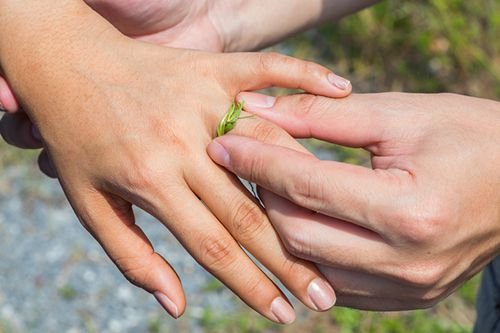
Since the materials used deteriorated fast, rings made of ivory, bone or leather were made. Around this time, the cost of the ring started to be viewed as equivalent to the giver’s love for the receiver.
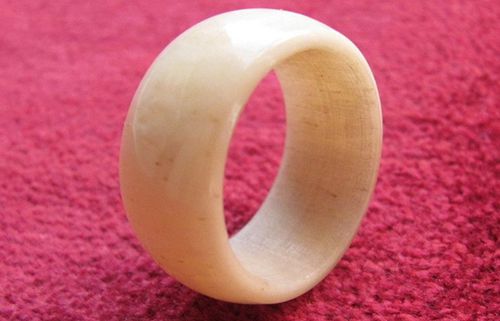
For the Romans, who later adopted this practice, the ring was a sign of ownership. The Romans called their betrothal rings “Anulus Pronubus,” and they symbolized permanence and strength.
Around year 860, the Christians started using wedding rings in wedding ceremonies. The rings during this time were elaborately decorated with engravings of lyres, doves and even two hands linked together. As these were seen as heathenish, the Church discouraged such designs. Thus, the rings in the 13th century were greatly simplified.
Different Types of Rings
The variety of wedding rings is vast, but we will narrow it down into a few categories. The two main categories are wedding rings for men and wedding rings for women. In the distant past, it used to be that only women wore wedding rings, but as time went on, men wearing wedding rings became more common.The other types of wedding rings are part of a set of rings given to a lady or bride. Technically, they are not all wedding rings, but they are sometimes put in a set, so we will mention them.
Promise Ring
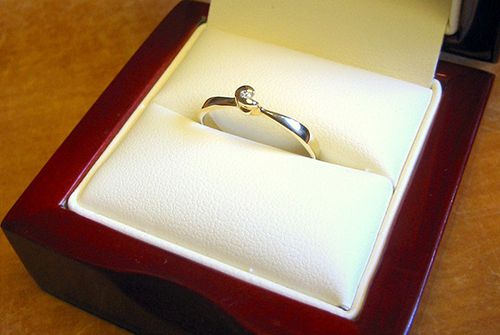
This ring is presented to the lady as a sign that a man is dedicated and faithful to his woman (and vice versa), although he is not yet ready to propose marriage. This ring is often made of a simple thin band with a small piece of precious stone embedded in it. This is not a very common practice, since most men nowadays skip this part and just give a ring when they ask their beloved to marry them.
Engagement Ring
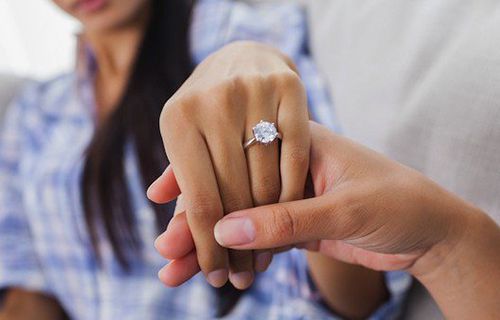
When a woman wears this ring, it means that she has agreed to her beau’s marriage proposal. This ring is usually more elaborate than the promise ring, with a bigger stone encrusted in a decorated band. The woman usually wears this on the ring finger or another on the same hand where she would wear her wedding ring. The engagement ring is more commonly given than a promise ring, although there are some who do not present an engagement ring when they propose.
Wedding Ring
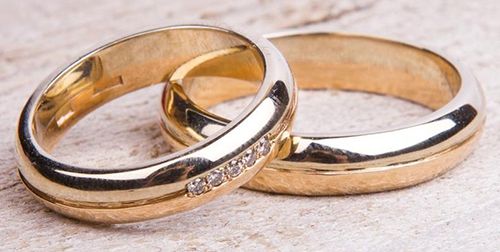
The wedding rings are exchanged by the couple during their marriage ceremony, as a sign of their love and faithfulness to each other. This is usually worn on the ring finger of the left hand, but some wear it on their right hand. The bands are normally simpler than the engagement ring, and sometimes the men’s rings match that of their wives’.
Eternity Ring
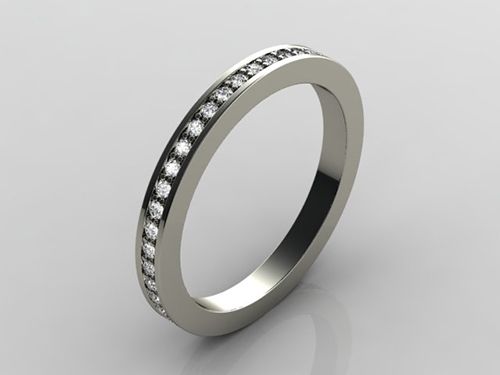
The eternity ring is usually a simple band with small stones encrusted all the way around it to symbolize eternity. This ring is presented to the wife during an anniversary, but not all husbands follow this practice.
Another way to classify rings is by the kind of material used to create the band. The prevalent kinds are yellow gold, white gold, and silver. Other materials used for wedding rings are platinum, cobalt, titanium, tungsten and ceramic.
How To Choose Wedding Rings
Choosing a wedding ring is a tad easier than choosing an engagement ring. The wedding ring is usually just a band of metal with some engraving. However, some people also include other properties when choosing the kind of material for their wedding bands, such as weight, durability, cost, “resizability” and rarity. Let’s elaborate on each property:1. Weight - Do you want a ring that is light or heavy? Some people prefer lighter rings because they do not want to feel like their finger is encumbered. Others prefer some weight so they can feel their ring’s presence on their finger.
2. Durability - How strong is the metal? Will it last for a long time, or will it corrode or bend easily?
3. Cost - How expensive is the metal? Is the price within your budget? This may not be an issue for those who have set the sky as the limit for their wedding rings.
4. Resizability - Can the ring be easily resized when needed? You may want to take into account that you may gain or lose weight in the future and your ring may need to be resized.
5. Rarity - Some people equate rarity to value. Do you want a rare material for your wedding band or those that are readily available or common in ring shops? You also have to remember that rarer materials are more costly than the ordinary ones.
You can either choose your wedding bands separately from your wedding ring, or choose your rings as a set. You and your partner could also decide whether to choose rings separately from each other or have matching rings.
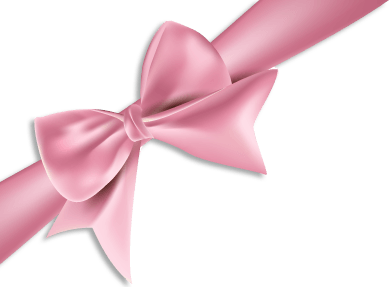
New Stock Alert!
We have new stock available from today on a first come first served basis.
10% OFF EVERYTHING!

10% discount on your whole order when purchasing during your first appointment. Enter your info below and we'll send a voucher code (via SMS).